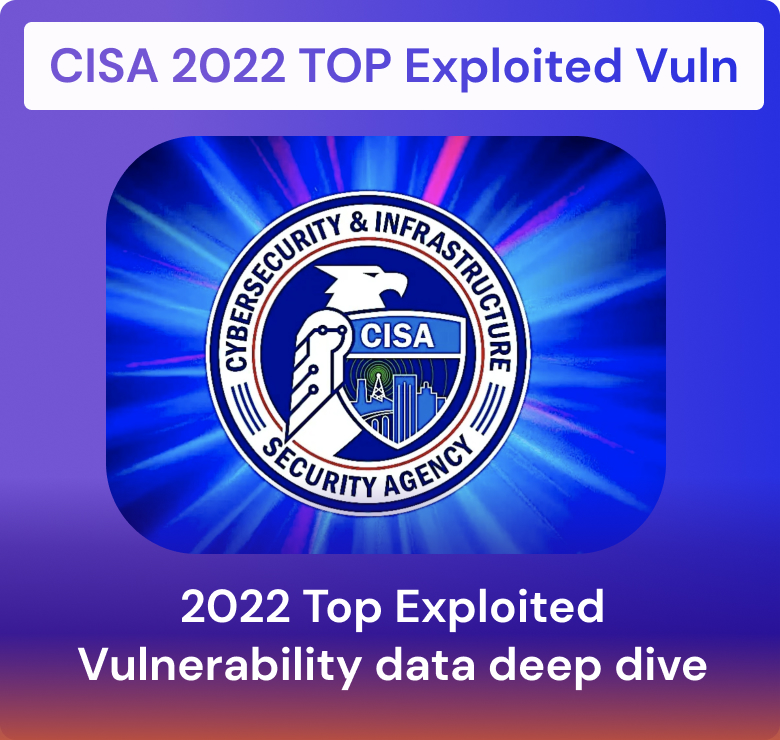- 25th September 2023
Owasp top 10 has been a pillar over the years; sister to CWE – Common Weakness Enumeration we provide an overview of the top software vulnerabilities and web application security risks with a data-driven approach focused on helping identify what risk to fix first.
Francesco Cipollone















